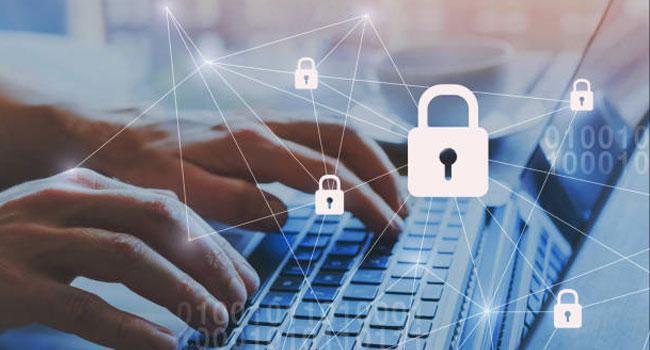5 Things You Can Do to Prevent A Data Breach

Data breaches can be very costly. Costs can include the usual financial consequences such as response and remediation, customer breach notification, litigation expenses, and regulatory fines, but can also include less obvious consequences such as the cost of business disruptions, loss of customer trust, and higher insurance premiums.
Clearly, it’s imperative for businesses to find ways to avoid a data breach, and here is how it can be done.
-
Adopt a good end-user education and awareness program

End-users play a crucial role in information security. Even if you implement every other recommendation in this list, without the full cooperation of your end-users, your security initiatives won’t succeed.
It usually ends users who click suspicious links that lead to malware infections. It’s their accounts that get compromised when they don’t secure their passwords or private keys. And they are most likely to circumvent strong security policies just for convenience.
Your end-users need to realise that, if a data breach occurs, your company could suffer huge financial losses. This could affect the company’s ability to afford salary raises or, worse, retain certain job positions. A solid information security education and awareness program can help you acquire that much-needed user buy-in.
-
Apply malware prevention

Malware are an essential part of a cyber criminal’s toolbox. For instance, they’re used to gain an initial foothold on an account, system, or network. Banking trojans, for example, are employed to steal user credentials through various techniques like man-in-the-browser attacks, screen captures, and keylogging. They’re also used to carry out the attacks themselves, as in the case of PoS (Point-of-Sale) malware, which extract credit card data from PoS systems.
As a result, it’s also important to incorporate antivirus/antimalware solutions into your IT security program. However, it’s not enough to simply install an antivirus and then leave it to its devices. These aren’t fire-and-forget tools. You need to make sure, for instance, its signature database is constantly updated, otherwise, it will fail to detect new viruses.
Some types of malware are also crafty enough to avoid signature-based detection. Thus, you must also be up-to-date with the latest anti-malware cybersecurity solutions, like behaviour or heuristic-based solutions, in order to ensure better coverage.
-
Roll out a patch management policy

In most cases, the way malware or hackers infiltrate a system is by taking advantage of (a.k.a. exploiting) known vulnerabilities in that system. In fact, there are tools known as exploit kits that do just that, i.e. exploit vulnerabilities.
The good news is that you can counter these threats by incorporating patch management into your IT security program. Software patches often include security updates that plug known vulnerabilities. Remember the massive ransomware worm attack known as WannaCry which crippled NHS hospitals a couple of years ago? That attack could have been stopped in its tracks had those hospitals applied a patch that Microsoft released about a month prior to the outbreak.
-
Enforce a robust access control policy

Not all cybercriminals are going to use backdoors and other similar routes to break into your system. Many of them are just going to walk straight to your “front door” and break in through that. When I say “front door”, I mean your typical login interface.
Some criminals will try to ‘guess’ a user’s password through what are known as dictionary or brute force attacks. Others will just enter the password straight away after stealing it via a previous social engineering attack.
You can counter these attacks by compelling end users to follow password policies. These policies will typically include best practices like using strong passwords, not sharing passwords, and changing passwords every-now-and-then. For optimal protection against these attacks, you should augment your password policy with multi-factor authentication methods.
-
Apply encryption

One of the most important things you can do to prevent a data breach is to apply encryption. Encryption will keep your data secure even if the crooks get a hold of it. Encryption basically renders information unreadable so that no one will be able to make sense of it without the right decryption key.
However, it’s not enough to simply apply encryption. In order to prevent encrypted data from being decrypted by unauthorised individuals, you need to secure and manage your decryption/private keys. If those keys fall into the wrong hands, no amount of strong encryption can prevent your data from being stolen.
There is no silver bullet for preventing a data breach. Data breach prevention ideally consists of a good combination of proper education and awareness, technology-based cybersecurity solutions, and implementation of security best practices.
Related Posts
By accepting you will be accessing a service provided by a third-party external to https://www.htl.london/